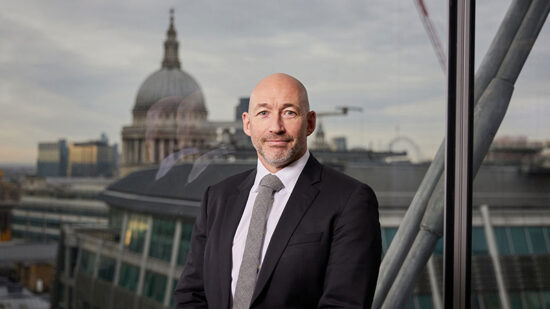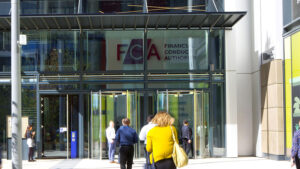The company posted underlying earnings of $5.1bn in its full year results, a much healthier figure than its $4.5bn in pre-tax profit from the year prior, which were its worst earnings in over a decade.
The Anglo-Australian miner also announced it would be repurchasing $500m of its shares over the course of 2017, signalling the group’s confidence in its recovery from the commodities downturn.
Its shares were trading up by 1.24% at 3477.3p, at the time of writing on Wednesday.
Chief executive JS Jacques, who stepped into the role last summer at a time when the commodities sector was still swamped with debt, stood by the group’s progress in 2016 and emphasised Rio Tinto’s renewed commitment to maximising cash flow.
“We enter 2017 in good shape,” he said. “Our team will deliver $5 billion of extra free cash flow over the next five years from our productivity programme. Our value over volume approach, coupled with a robust balance sheet and world-class assets, places us in a strong position to deliver superior shareholder returns through the cycle.”
Under Jacques’ direction, the group generated operating cash flow of $8.5bn over the year and reduced its net debt to $9.6bn.
In another attempt to turn its luck around, Rio Tinto slashed its dividend at the start of 2016, agreeing to target total cash returns to shareholders of 40-60% of underlying earnings through the cycle.
But the new policy has yielded fruitful results for patient investors, as the company agreed to divvy out a higher than anticipated dividend of 170 cents per share, delivering $3.6bn in shareholder returns.
Rathbone Recovery Fund co-manager Joanne Rands said she was “pleasantly surprised to see higher cash returns than expected” in the company’s final results.
“Whilst the management had set a 110c minimum dividend for financial year ending December 2016, consensus was already expecting more (around 133c), so the 170c is a nice surprise. The $500m buy-back in addition to the dividend sees the company pay-out ratio at c70%, so good to see discipline in returning cash to shareholders. With gearing now a little below their target range of 20-30%, affordability today should not be an issue.”







